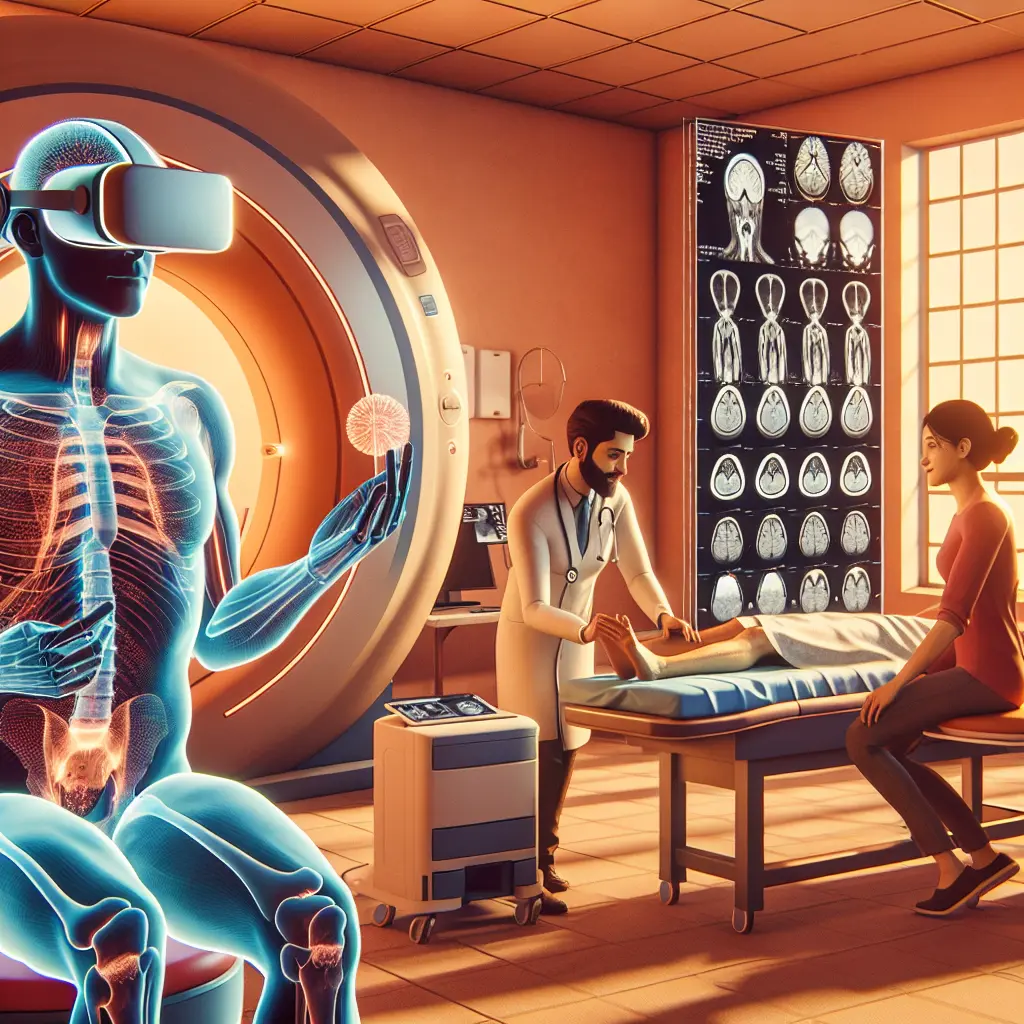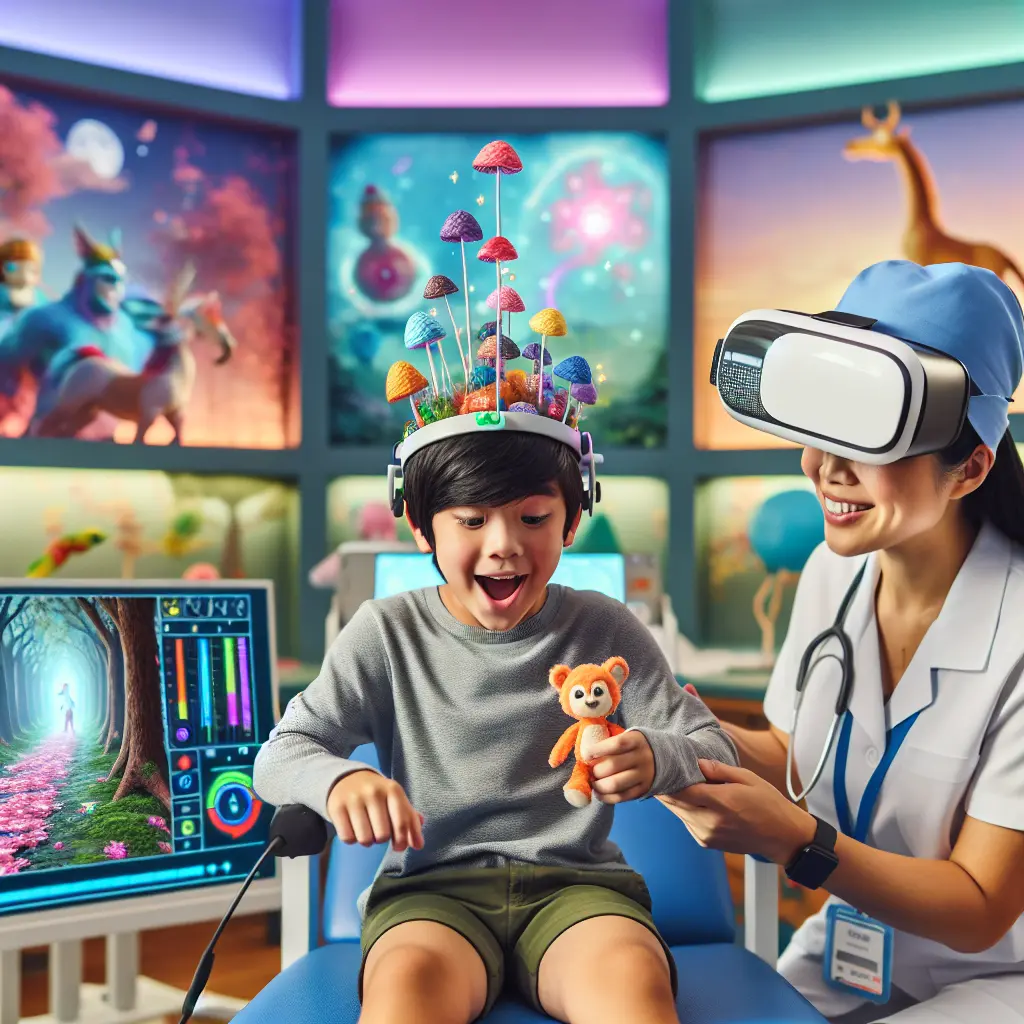In recent years, virtual reality (VR) has emerged as a groundbreaking tool in the realm of therapy, offering new hope and innovative solutions for individuals battling various health conditions. A promising area of VR application is in the treatment of upper limb (UL) impairment, particularly for those living with multiple sclerosis (MS).
MS is a chronic illness that affects the central nervous system, leading to symptoms such as muscle weakness, coordination issues, and cognitive challenges. Among these, UL impairment is notably prevalent, affecting 60% to 75% of people with MS (PwMS), thereby reducing their ability to perform everyday tasks.
VR-based neuroproprioceptive physiotherapy presents a beacon of hope. This innovative approach aims to enhance UL function, postural control, and overall quality of life for PwMS. By immersing patients in virtual environments, this therapy leverages advanced technology to simulate real-world scenarios and activities that promote functional recovery.
Key Advantages of Virtual Reality Therapy:
Enhanced Engagement: VR environments are often interactive and gamified, making rehabilitation exercises more engaging and less monotonous for patients.
Customized and Safe Therapy
Customized Therapy: VR allows for personalized therapy plans tailored to the specific needs and progress of each individual, ensuring that exercises are both challenging and achievable.
Objective Assessment: Through integrated tracking systems, VR can provide objective data on a patient’s progress, which can be invaluable for therapists aiming to adjust treatment plans accurately.
Safe Environment: Patients can practice tasks that might be too risky in real life within the safety of a virtual environment, reducing anxiety and the risk of injury.
The study, as outlined in this article, is focused on a double-arm randomized controlled trial. This comprehensive research aims to assess the impact of VR on UL function using both molecular and functional MRI assessments. Such a structured approach ensures that the findings are robust, providing critical insights into the efficacy of VR in improving the quality of life for PwMS.
Future Implications
As technology continues to evolve, the potential applications of VR in therapy will likely expand beyond MS. From psychological therapies to physical rehabilitation for various neurological conditions, VR could revolutionize how we approach treatment, offering new hope to millions worldwide.
In conclusion, virtual reality therapy is not just a fleeting trend; it's a powerful tool that holds the promise of transforming lives by making therapy more accessible, engaging, and effective. As research like this continues to validate its benefits, we can look forward to a future where technology and healthcare work hand in hand to heal and restore.
Stay immersed in health and innovation,










Leave a Comment